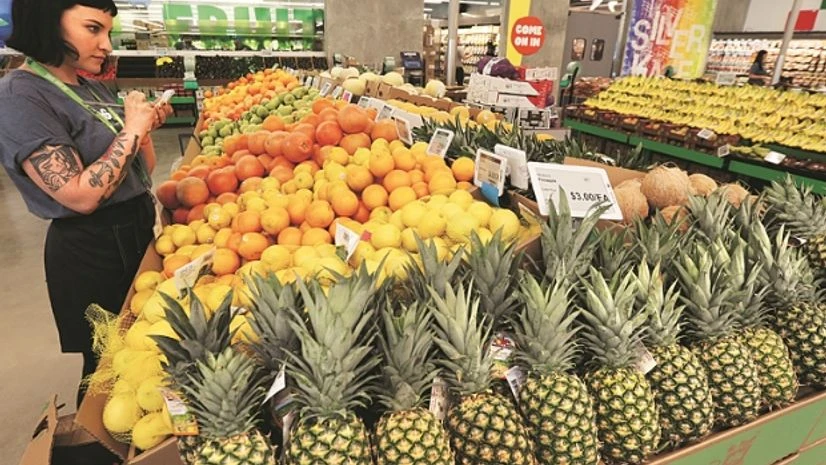Amazon.com Inc
Amazon's $13.7 billion purchase of Whole Foods, which won antitrust approval from U.S. regulators on Wednesday, has been a shadow hanging over an ailing brick-and-mortar retail sector unsure of how to respond to the world's biggest online retailer.
Shares in Kroger Co
The price cut on selected in-store goods will start Monday.
Amazon also said that it will start selling Whole Foods brand products on its website, a move that sent down shares of packaged food sellers such as Kellogg Co
"There was never any doubt that Amazon would lower prices, and even offer further discounts in-store to Prime members," Baird Equity Research analyst Colin Sebastian said.
More From This Section
Amazon said starting Monday it will cut prices on Whole Trade bananas, organic avocados, organic large brown eggs, organic farmed salmon and tilapia, organic baby kale and baby lettuce, some apples, butter, and other products.
"They will lower prices on consequential items to drive traffic and sales but not do a whole store price reduction which could really damage gross margin and potentially wipe out operating margin," said Roger Davidson, a former executive at Wal-Mart, Whole Foods and Supervalu and current president of consultancy firm Oakton Advisory Group LLC.
"It does not look like they will go kamikaze on pricing," said Davidson.
Scott Mushkin, who covers grocery stores at Wolfe Research, recently said Whole Foods, on average, can be 15 percent to 20 percent higher than some rival grocers and is as much as 25 percent more expensive at the extreme.
Lowering prices could help the companies stem the defections by price-sensitive Whole Foods shoppers and bring in new consumers who can then be urged to visit Amazon.
"It's ultimately a nice land grab" as well as a way to get those customers "thinking about buying healthy food from Amazon," said Bill Bishop of retail consultancy Brick Meets Click.
But the move could come with a high price tag.
"In some cases grocery retailers have had to invest between $500 million to $1 billion in order to reduce prices to a level that retained customers and resulted in a net increase in customers," said Brittain Ladd, who until earlier this year was a senior manager working to roll out AmazonFresh, Amazon's grocery delivery service, globally.
"Amazon is more focused on driving volume and improving service at the expense of profit margins. Long-term, this strategy works because the absolute profit dollars can still be significant," Sebastian said.
Amazon said its Prime members will eventually become part of Whole Foods Market's customer rewards program.
Whole Foods already has rolled out a loyalty program at its smaller, lower-priced 365 by Whole Foods chain, which offers members 10 percent off more than 100 items in the store.
Amazon said John Mackey will remain chief executive of Whole Foods and the company will operate as a subsidiary and continue to be headquartered in Austin, Texas.
(Reporting by David Shepardson in Washington, Lisa Baertlein in Los Angeles; Additional reporting by Jeffrey Dastin in San Francisco; Editing by Bill Rigby and Lisa Shumaker)

)
